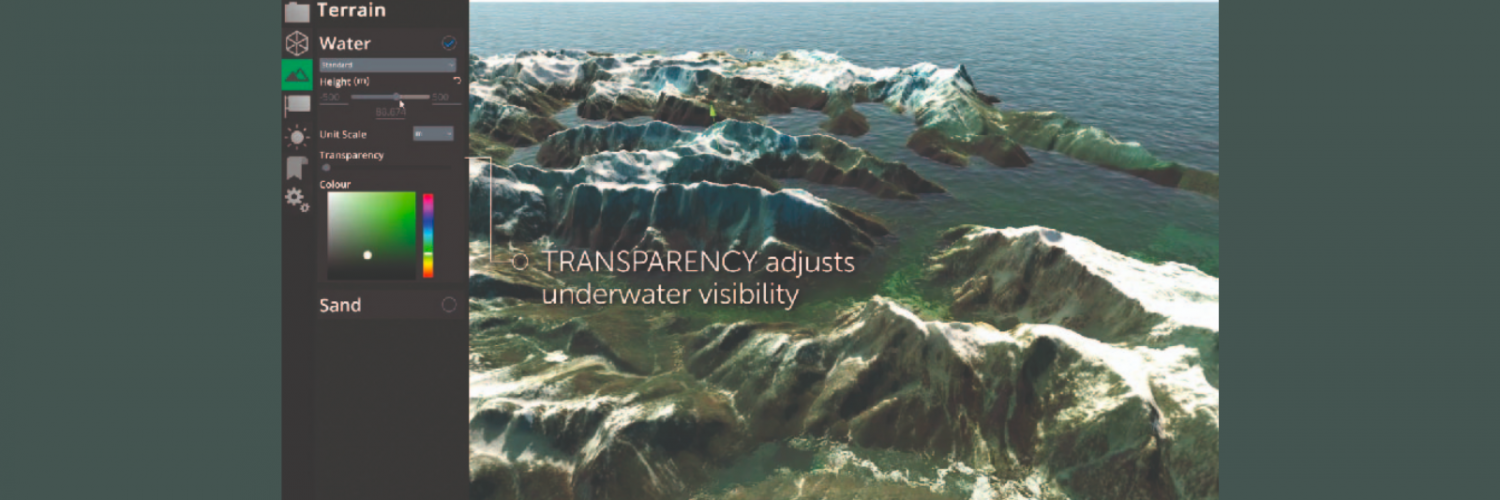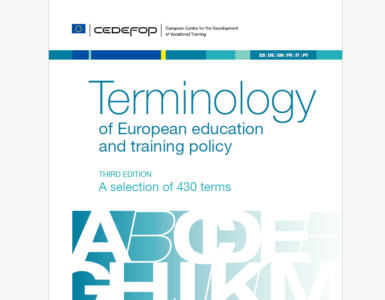By Steven Palmer, University of Exeter, UK.
Education and outreach activities across many disciplines involve the need to communicate complex ideas and detailed knowledge. Many taught concepts relate to phenomena or ideas that occur at spatial and temporal scales that present a challenge for visualisation – from the inner workings of human body cells to the dynamics of colliding galaxies. Traditional didactic teaching methods are limited in their provision for visualisations and typically don’t allow learners to develop connections between prior knowledge and understanding. Interactive virtual environments offer a solution, but the software development skills required has previously made this opportunity inaccessible to most educators.
New software developed by academics in the Geography department at the University of Exeter solves these problems by providing an easy-to-use tool for creating immersive virtual environments representing any real or imaginary location, at any spatial scale. InVEnTA (Interactive Virtual Environments for Teaching and Assessment) allows learners to engage in open learning within a virtual space to explore a set of concepts through a range of media. Crucially, this award-winning software allows learners themselves to embed their own multimedia content, allowing users to demonstrate their understanding. In addition, saved environments can be edited by other users, thereby allowing groups to develop virtual environments collaboratively.
By making use of recent innovations in 3D modelling and gaming software, InVEnTA allows educators and learners to easily construct immersive virtual environments for others to explore in their own way and at their own pace, without the need for specialist software development skills. Environments may be created using images from satellites, UAVs or handheld/smartphone cameras, or can be downloaded ‘ready-made’ from various free online sources such as sketchfab. These data form the basis of virtual representations of ‘real-world’ (or fictional) environments for teaching and learning and is combined with digital learning content in the form of text, video, audio or embedded links to other online resources. One of the unique features of InVEnTA is that that user can alter environmental variables such as time of day, weather and even sea level, to enhance their engagement and understanding.
The software facilitates two pedagogical approaches – one where students learn by exploring pre-made environments and another where students are assessed on the way they construct environments. As such, InVEnTA consists of two separate ‘apps’ – a ‘Creator app’ and a ‘Viewer app’. Using the Creator app, an educator can create an Interactive Virtual Environment (IVE) by embedding educational/learning content to be experienced by multiple learners. This forms the ‘engaged knowledge acquisition’ application. InVEnTA has been designed so that it can also facilitate ‘active knowledge construction’. In this mode of use, learners use the Creator app to build their own unique IVE by adding their own content. These can then be assessed by an educator or shared with peers via the viewer app.
The recent global pandemic has made it clear that the need for innovative online teaching and learning resources is greater than ever, and InVEnTA represents an exciting new development in this area. InVEnTA is distributed by Learning On Screen, and more information on how to access the software can be found on their InVEnTA webpages.

Author
Dr Steven Palmer, Senior Lecturer in Physical Geography, University of Exeter, UK














